Menu
The good news is when skin cancer is caught and treated early, it’s highly curable. The even better news? In its early stages of development, you are the one with the best chance of spotting any changes and letting our team know.
What can you do?
That’s simple and it only takes a few minutes – just examine your skin head-to-toe every month.
Because skin cancers appear in many shapes and sizes, it’s important to know the warning signs.
If you see a new spot, a changing spot or a spot that just doesn’t look right, it could be skin cancer.
This includes:


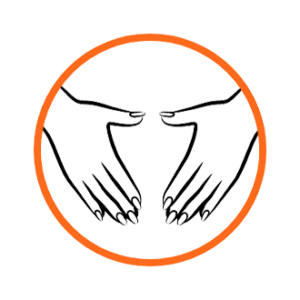
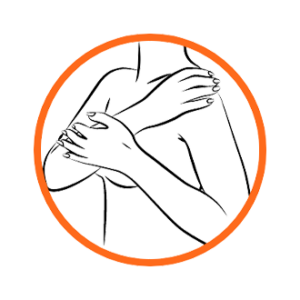
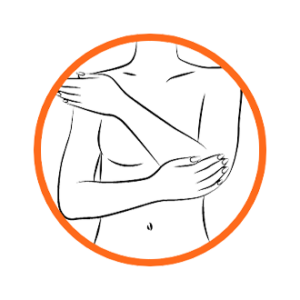
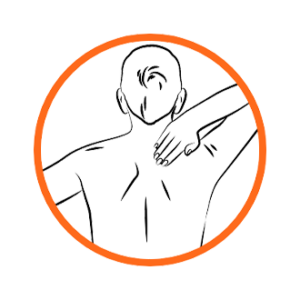

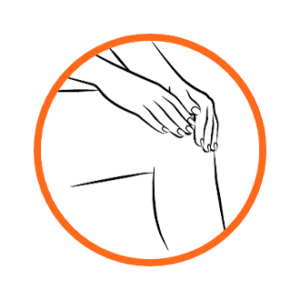
Certain moles are at higher risk for changing into cancerous growths such as malignant melanoma, a more serious form of skin cancer. Moles that are present at birth and atypical moles have a greater chance of becoming cancerous. That’s why detecting and treating cancerous skin growths early is so important. Why? Because when caught early the treatment is usually highly effective with an extremely high cure rate.
Use this ABCDE chart below to help you quickly and more easily identify any changes in your moles and make an appointment to see our team.
When half of the mole does not match the other half

When the border (edges) of the mole are ragged or irregular

When the color of the mole varies throughout

If the mole’s diameter is larger than a pencil’s eraser

Changes in the way the mole looks over time

We are proud to have received this distinction for our service to the military.

Privacy Policy | ©2024 Southeastern Dermatology Group, P.A. All Rights Reserved. Dermatology Solutions Group, LLC